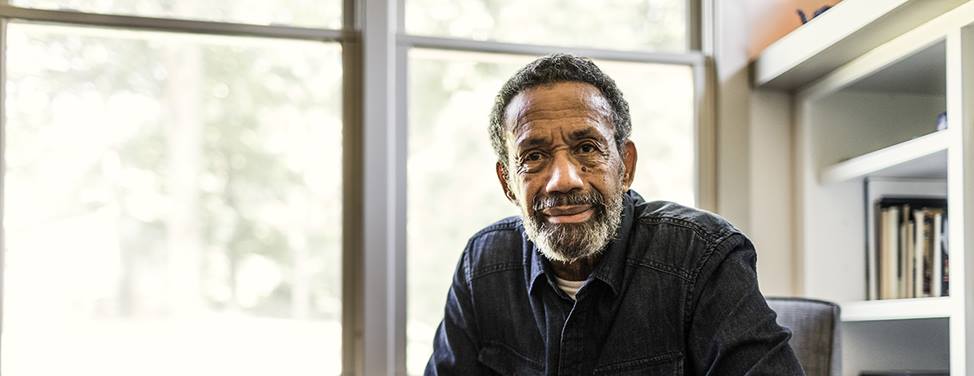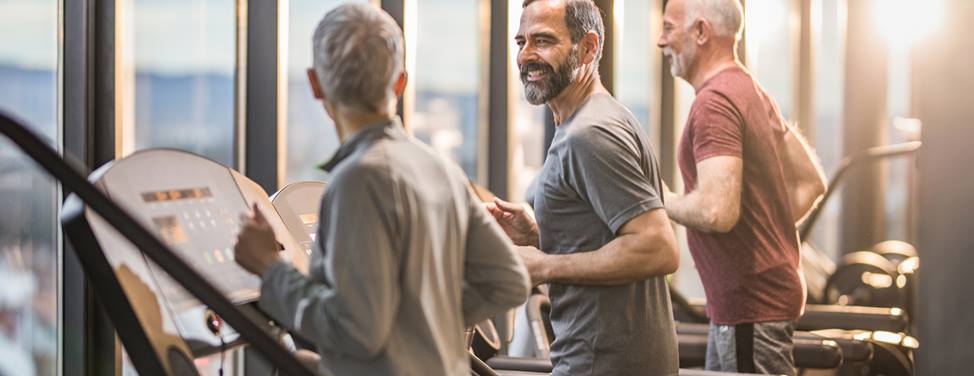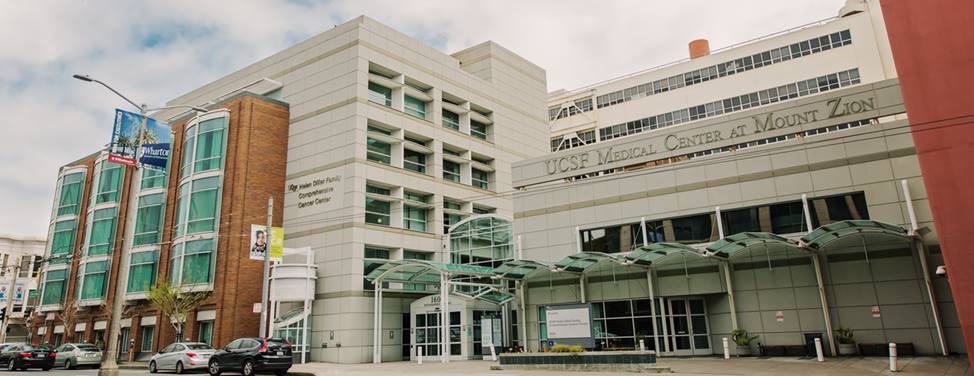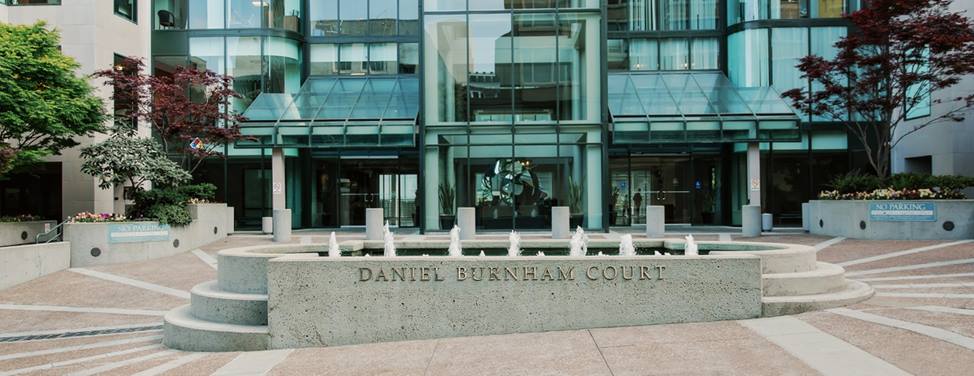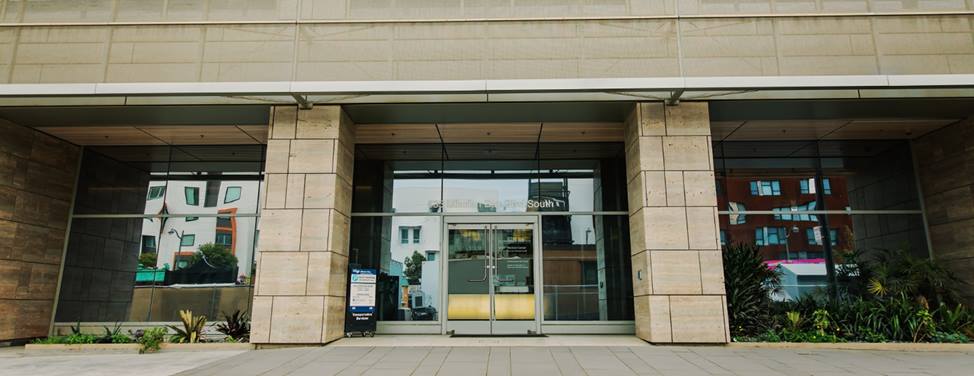
How the Heart Works
The heart is muscular and hollow, constantly pumping blood to deliver oxygen and nutrients to the body. It's composed of four compartments, or chambers, two on the right side and two on the left. The upper chambers, called atriums, receive and collect blood. The lower chambers, called ventricles, pump blood to the body. Working together, the chambers of the heart move life-sustaining blood throughout the body.
The heart's rhythmic contractions are controlled by an electrical system sending impulses throughout the heart. The impulses begin at the sino-atrial (SA) node, a small mass of tissue near the right atrium that sets the pace for the heartbeat.
The impulse then spreads through the atria, causing a contraction and squeezing blood into the ventricles. From the atria, the impulse moves to the atrioventricular (AV) node, a small mass of tissue in the wall of the right atrium. The AV node slows the impulse coming from the atria before it passes through to the ventricles. Normally, the atrium is electrically insulated from the ventricle by fibrous tissue, except at the AV node. Through a specialized muscle fiber system, the impulse is distributed throughout both ventricles, causing them to contract and pump blood.
This normal transmission is called normal sinus rhythm, with a regular heartbeat of 60 to 100 times per minute.
UCSF Health medical specialists have reviewed this information. It is for educational purposes only and is not intended to replace the advice of your doctor or other health care provider. We encourage you to discuss any questions or concerns you may have with your provider.







